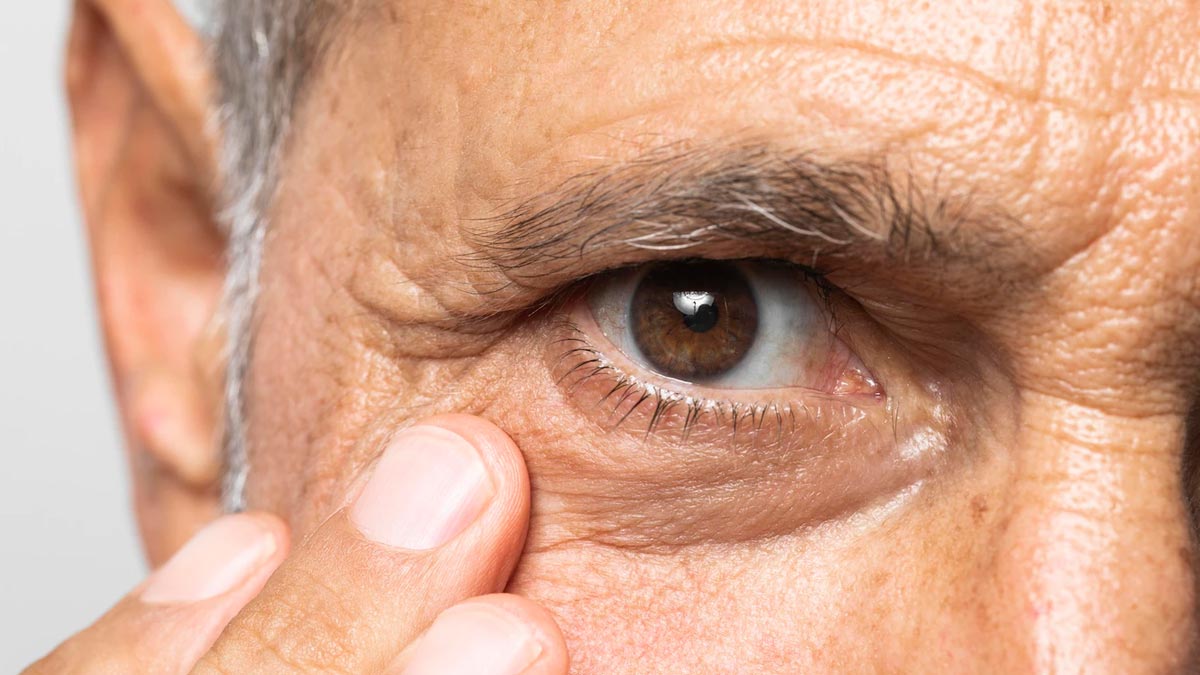
One of the most common issues that come with ageing is diminishing eyesight. These issues are often irreversible. However, routine eye examinations are crucial and can prevent in worsening of eye conditions. In this article, we look at five age-related eye problems and their treatment.
Table of Content:-
Cataract
A cataract happens when the natural lens we are born with becomes cloudy. Due to ageing and other medical conditions, proteins and fibres within the lens tend to break down and clump together. This causes clouding of the lens.
Another effect of ageing is that the lens starts losing its flexibility. It becomes less transparent and thicker. This issue can happen in both eyes but not necessarily at the same rate.
Treatment of Cataract
In most cases, surgery is the best option when your vision becomes cloudy. In this procedure, the cloudy eye lens is removed by a clear artificial lens. Preventive measures should be taken to avoid cataracts. These include going for regular eye check-ups, and eating a healthy diet with plenty of fruits and vegetables. Other than this, avoiding smoking, and alcohol consumption along with managing other health conditions is important.
Also read: Stay Safe From These 4 Common Eye Problems During Monsoon
Presbyopia
This is a natural eye problem in ageing adults. In this, a person gradually loses near vision. This condition usually occurs at the age of 45 and worsens beyond. In this condition, a person needs more light and keeps the book closer while reading.
Treatment of Presbyopia
A person dealing with presbyopia can manage it by wearing glasses, and special contact lenses. You can also go for laser vision correction. Prescription eye drops can also be thought of as an option. These make pupils smaller and assist in seeing close up for six to eight hours.

Macular Degeneration
This is another common issue affecting older people. In age-related macular degeneration, the retina develops areas of thinning. This eye condition can blur central vision and does not cause complete blindness. However, the ability to see faces, read, drive, etc reduces.
Treatment of Macular Degeneration
Lifestyle changes can lower the risk of age-related macular degeneration. These changes include eating green leafy vegetables, quitting smoking, doing regular physical activity, and maintaining healthy blood pressure and cholesterol levels.
Also read: Know About 5 Winter Eye Problems That Are Common In The Cold Season
Glaucoma
In glaucoma, the optic nerve (the nerve responsible for sending signals from the eyes to the brain) is damaged due to high pressure in the eye. The damage to the optic nerve happens due to high pressure in the eyes. However, this condition cannot be ruled out with normal eye pressure. Common in older adults, glaucoma can affect at any age.
Treatment of Glaucoma
Pain does not happen in most types of glaucoma. So it becomes difficult to spot the disease since there is no indicator. If you have a family history of Glaucoma, you should visit a specialist for its early detection. Eye drops can be used to control the pressure in the eye to prevent further worsening of the condition.
Dry Eye
Tears are important for healthy and comfortable eyes. When age-related dry eyes occur, your eyes fail to produce tears. In this, eyes experience irritation along with dryness. Early detection of this condition is significant in preventing the worsening impacts of the disease.
Treatment of Dry Eyes
Over-the-counter eyedrops, eye ointments, and prescription eye drops can help. Artificial tears can be another option to deal with dry eyes. But remember, these remedial methods should only be used on a doctor’s advice.
Image credit: freepik
Also watch this video
How we keep this article up to date:
We work with experts and keep a close eye on the latest in health and wellness. Whenever there is a new research or helpful information, we update our articles with accurate and useful advice.
Current Version